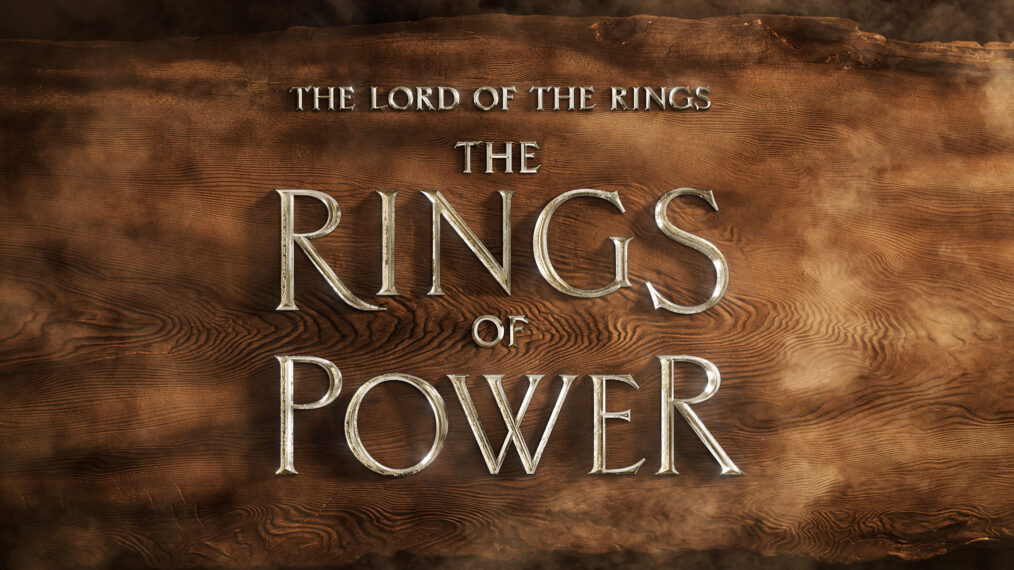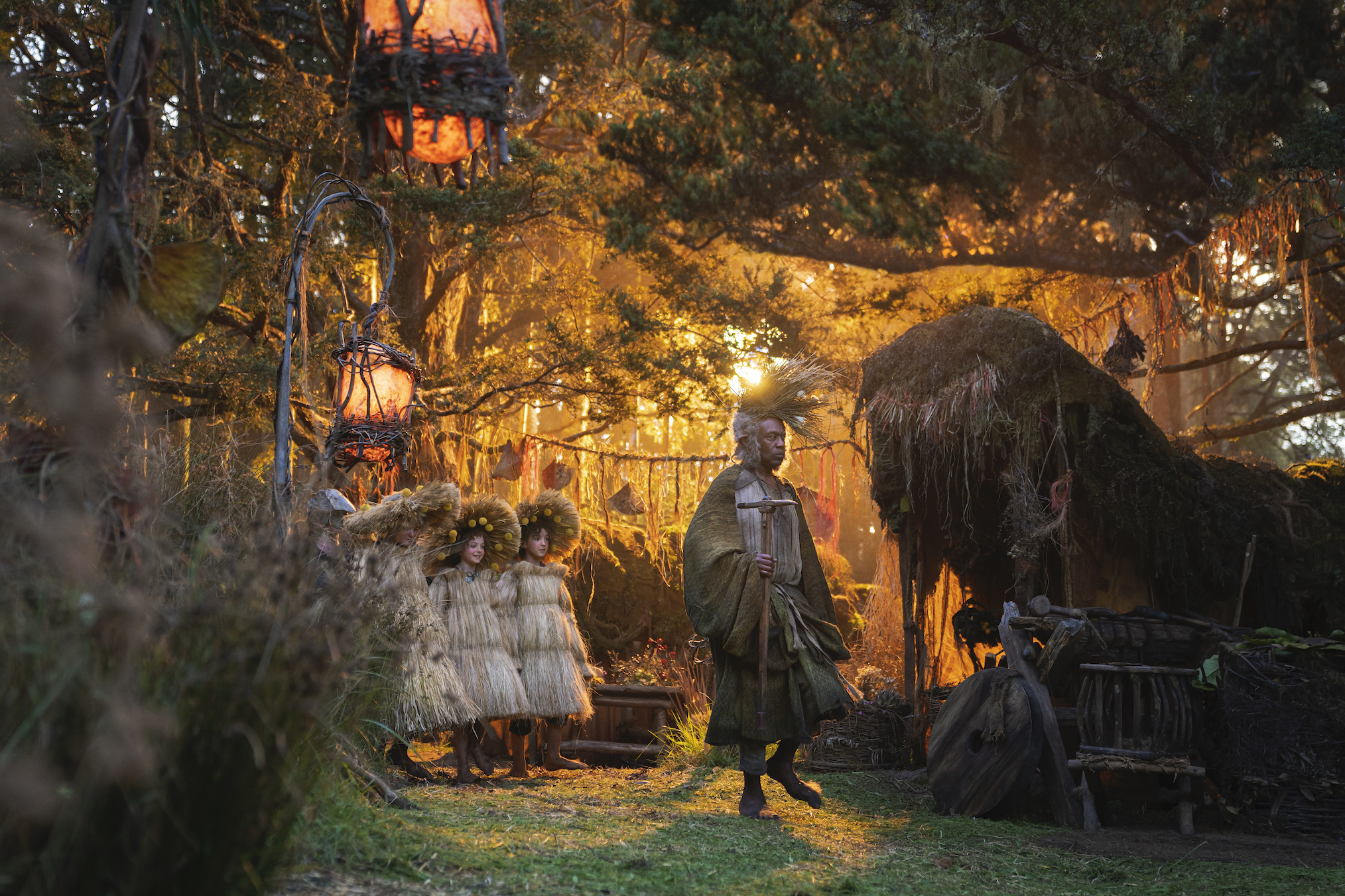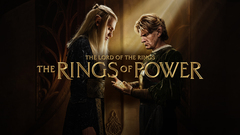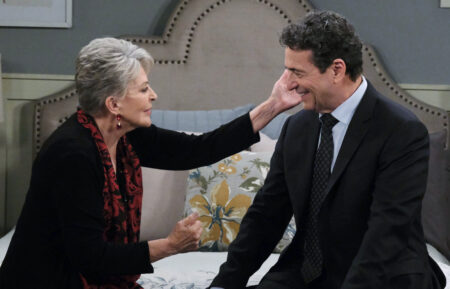How ‘The Rings of Power’s Opening Credits Honors LOTR Legacy of Innovation & Practical Effects

The Lord of the Rings has a long legacy of innovative filmmaking. The Peter Jackson trilogy revolutionized motion capture technology with Andy Serkis‘s Gollum. Before The Fellowship of the Ring, motion capture couldn’t easily combine computer-generated characters with live-action. Weta Digital invented the technology that brought Gollum to life in real-time as it worked on the three films in the late ’90s/early 2000s, changing visual effects forever. (That’s right, we have Gollum to thank for She-Hulk twerking with Megan Thee Stallion.)
Equally impressive was The Lord of the Rings‘ practical effects for characters like the Orcs and epic battle scenes like the Battle of Helm’s Deep. Jackson knew how important sound design was for that battle sequence, so he asked the 25,000 attendees at a local cricket stadium to yell Orc war chants as he recorded the audio. And much of the action seen in the sprawling Two Towers brawl is performed by hundreds of extras decked out in elaborate Orc costumes and makeup. CGI helped make the army even bigger, but practical effects still did much of the work. There’s even a scene in Fellowship that was accidentally a practical effect: Viggo Mortensen is really smacking a knife away with his sword when fighting the Uruk-hai leader near the end of the film. The accident was caught on film and kept in the final product.
The Lord of the Rings: The Rings of Power continued this legacy of pairing technological innovation and practical effects, leaving no stone unturned in the production’s attention to detail. It’s part of why the series is the most expensive show of all time. Plain’s of Yonder’s Katrina Crawford and Mark Bashore were the minds behind The Rings of Power‘s opening credits, combing practical effects with CGI to bring the regal, magical sequence to life.
They tell TV Insider they very much intended to marry the essence of J.R.R. Tolkien’s books with the filmmaking legacy of the screen adaptations. Tolkien’s writing is replete with nature themes, with land being cherished, trees coming to life, and more. Plains of Yonder wanted to combine that organic quality with technology for the opening sequence. “When we got the opportunity to pitch this and use Tolkien’s foundation of nature, we went hard in that direction,” says Crawford.
Music also plays a large role in Lord of the Rings‘ legacy. Tolkien wrote songs into his books, and Howard Shore’s scores have become some of film’s most famous (just seeing the words “The Shire” make you hear that warm, homey music). The credits feature an original piece of music from Shore (Bear McCreary scored the series), and Crawford and Bashore knew how vital music is to this world’s overall feel, so they had the idea to visualize sound. But how is that done?
“The initial idea [came] from Tolkien’s creation myth: this idea of the Ainur singing the world into being, of sound visualized, when you start thinking about how you could see sound and harmonization,” Crawford says. “And then we loved the idea of Melkor coming in and disrupting things. That plays into the themes of light and dark, good and evil.”
“A theme that we try to work with this kind of primordial magic,” she adds. “Not like, let me grab a wand and give you a pot, but like forces that are unseen.”
They used cymatics — the study of visible effects of sound and vibration — to make that primordial magic. They first tested out the cymatics idea on their kitchen table, with Crawford fashioning a rig consisting of a metal plate the size of a dinner plate and an iPhone jack to input different audio frequencies. They tested a handful of light substances — Crawford says flour and pigments would work, but they settled on sand “because you can sift it, control it, and get the exact particle size that you want.” Bashore says “any middle schooler could” create this first rig, but the results it yielded — filmed on an iPhone — made him say, “Oh my god, this could be real. I’ve never seen anything like this on TV.”
In the end, “almost every scene is some combination of CG and live action,” Bashore explains, “so there’s some really sophisticated particle work going on with our team, which we think is the best in the planet.” The shapes seen in the title sequence form references to the plot, like Valinor’s trees and the Misty Mountains, but obviously, even the best team in the world can’t make Herz frequencies form the shape of a mountain. “That’s where the digital magic comes in,” he adds. The team did a live-action shoot to get their reference shots, their next task being “trying to break what the computer could do.”

Prime Video
“You’ve seen CG work a lot on TV, or even in main titles, that look like the computer made it. Our goal was to have people lean forward and go, ‘Is that live-action, or did a computer make this?’ or ‘No way they shot this,'” he adds. “We live in a world of really sophisticated special effects. At a certain point, you’re no longer going impress a young person. An old person be might be impressed for a few minutes, but we’ve noticed that if a 20-year-old looks at heavy-duty VFX, they’d just as soon look at their phone. And so we were really, really keen to make a special effects piece that doesn’t look like a lot of special effects pieces.”
Their two rigs ended up being two feet wide with programmed sound input into them to give the sand the “feral vibration” seen on screen (the development of that sound design took a lot of experimentation as well — whale sounds and a human singing voice were some of the tested ideas, but computer-generated tones won in the end). That caused a lot of design “flaws,” but those were welcome.
With the sand, Bashore says, “things fall apart in a way a computer would never do. There might be a larger particle of sand that’s, for some reason jetting across the scene almost like a dog off-leash. That would be considered a mistake in a computer if you had a particle running rogue, but that’s what we really wanted. We constantly were like, ‘Let’s get more flaws,’ and luckily, our computer team was totally on board, but it was kind of a daily watch. Like if there’s a rock that’s not behaving, let’s keep it in the shot kind of thing.”

Prime Video
The symbols throughout serve as metaphors for Tolkien and the series at large. “I think even the patterns themselves are sort of metaphor, like the beauty and magic found in nature that if only we could see from a different perspective, an eagle-eye perspective, maybe we will appreciate more that which is sacred and needs to be protected,” Crawford explains. “We did love that theme, and we wanted to integrate it as much as possible to represent that organic nature. We couldn’t have done it without CG.”
“Even the education in trying to emulate the particles, we had to study them, record them, work with them, and then we composited in, just constantly trying to get some of the real stuff in there. So what you’re seeing, there’s even layers within that. Authenticity is so overused, but that was something they had mentioned with the show in general when the showrunners [J.D. Payne and Patrick McKay] and executive producer Lindsey Weber first talked to us about the show. They were like, ‘It’s authentic, it’s real, it’s dirt under the fingernails.’ So we felt like we needed to honor that and tie into that.” As did Jackson and his camp.
The Lord of the Rings: The Rings of Power, Season 1 Finale, Friday, October 14, Prime Video








